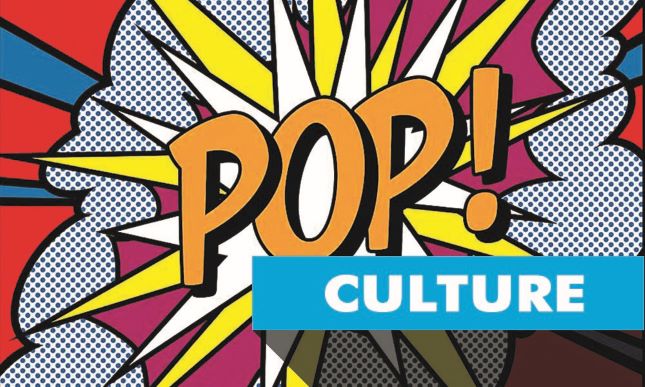Royal traditions have shaped monarchies for centuries, but modernization has influenced many customs. While some traditions remain, others have evolved to align with contemporary values. Monarchs now embrace social progress, equality, and technology, making royal families more accessible and relatable.
1. Coronation Ceremonies:
In the past, coronations featured elaborate religious rituals, grand processions, and highly formalized traditions. Over time, however, modern monarchs have made significant changes to these ceremonies. Instead of strictly adhering to centuries-old customs, many now prioritize simplicity while still preserving important traditions. Furthermore, inclusivity has become a key focus, ensuring that the public feels more connected to the monarchy. For instance, some recent coronations have incorporated diverse cultural elements, making the events more reflective of a nation’s modern identity. Additionally, increased public involvement through live broadcasts and social media updates has strengthened the bond between royal families and their people.
2. Royal Marriages:
Historically, royal marriages focused primarily on securing political alliances rather than personal choice. In the past, monarchs arranged unions to strengthen ties between nations and preserve power. However, over time, this tradition has significantly changed. Today, love and personal compatibility play a central role in royal unions. For example, Prince William and Catherine Middleton’s marriage symbolized this modern evolution, proving that personal happiness now outweighs diplomatic strategy. Furthermore, other royal families worldwide have followed this trend, allowing members to marry commoners and individuals outside traditional aristocratic circles. As a result, royal marriages have become more relatable and reflective of modern society.
3. Succession Laws:
Traditionally, royal succession favored male heirs, often placing them ahead of their older sisters in the line of inheritance. However, over the years, many monarchies have recognized the need for change and have embraced gender-equal succession laws. As a result, the eldest child, regardless of gender, now has the right to inherit the throne in several countries. Moreover, this shift reflects a broader commitment to fairness and modernization within royal families. Additionally, it aligns with contemporary values of gender equality, reinforcing the idea that leadership should not be determined by gender but by capability and duty.
4. Fashion and Dress Codes:
In the past, strict fashion rules dictated royal attire, requiring formal gowns, elaborate accessories, and military uniforms for official events. However, over time, these rigid guidelines have evolved to embrace modern trends. Today, royals skillfully blend tradition with contemporary fashion, ensuring elegance while prioritizing practicality. Moreover, they frequently choose outfits that reflect their personal style while still honoring royal protocols. Additionally, influential figures like Princess Diana and Meghan Markle have redefined royal fashion by introducing bold yet sophisticated choices. Furthermore, younger royals continue to embrace sustainable fashion, promoting ethical brands and eco-friendly clothing, making royal style more relatable and inspiring.
5. Public Engagement:
In the past, monarchs maintained a formal and distant presence, rarely interacting directly with the public. However, over time, this approach has changed significantly. Nowadays, they actively participate in charitable work, attend social initiatives, and engage in meaningful conversations with citizens. Moreover, they visit hospitals, schools, and community centers to understand the concerns of the people firsthand. Additionally, public speeches and media interviews have become common, allowing them to address national and global issues more openly. Furthermore, their increased presence in humanitarian efforts has strengthened their bond with the public, making them more relatable and accessible than ever before.
6. Social Media Presence:
In the past, royal families relied solely on formal addresses and official press releases to communicate with the public. However, with the rise of digital technology, they have embraced social media as a powerful tool for engagement. Moreover, platforms like Twitter and Instagram allow them to share updates instantly, making their interactions more transparent and relatable. Additionally, they use these channels to promote charitable causes, highlight important events, and respond to public concerns more efficiently. Furthermore, by adopting social media, they have strengthened their connection with younger generations, ensuring that the monarchy remains relevant in the modern era.
7. Military Service:
Historically, royals held honorary military titles without actively serving in combat. However, as times changed, expectations for royal family members evolved as well. In fact, modern royals, including Prince William and Prince Harry, have not only enlisted but also actively participated in military service. Moreover, their involvement reinforces their dedication to duty and strengthens their connection with the people. Additionally, serving in the military allows them to gain firsthand experience, making their leadership roles more relatable and credible. As a result, this shift has enhanced public respect for the monarchy and highlighted their commitment to national service.
8. Titles and Honors:
Previously, noble titles were strictly granted based on aristocracy and heritage. However, over time, monarchs have gradually shifted their approach. Moreover, they now recognize outstanding achievements in science, arts, and public service, ensuring that royal honors reflect modern values. In addition, this change has made royal recognition more inclusive and accessible to a wider range of individuals. Not only does this evolution acknowledge merit over lineage, but it also strengthens the monarchy’s connection to contemporary society. As a result, these honors carry greater significance and resonate more with the general public.
9. Cultural Celebrations:
Royal celebrations once strictly followed rigid customs. However, over time, these events have gradually embraced modern elements. Moreover, they now feature diverse performances that reflect contemporary culture. In addition, broader public participation has made these celebrations more inclusive. As a result, they have become more engaging, meaningful, and accessible to people from all backgrounds.




